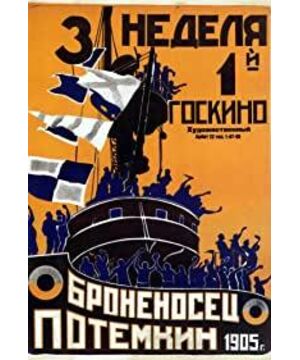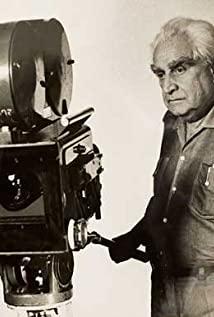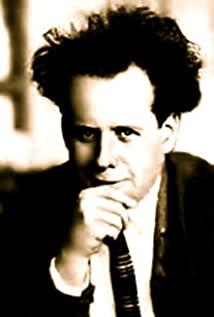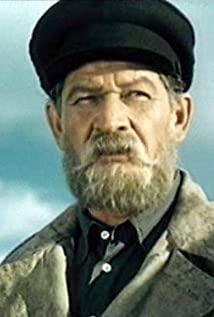Famous montage editing method representative
Think about the rapid development of film art. From the pure unprocessed direct shooting of the first film of "The Arrival of the Train", the editing style has undergone such a huge change in just 30 years. From condensing the time narrative to the editing itself, it implies the plot to not only the performance The plot is more symbolic, such as the gradually awakening stone lion clip itself is the theme of the movie
But I don't like this kind of editing. Too fast editing makes the film look too cluttered and unnatural. Too stressed and too subjective. In many cases, there is no need to cut close-ups. A medium shot will do. Some scenes don't need to show each point. How does the department work? For example, the process from when the battleship is launched at full speed to when the missile is about to be launched does not need to be quickly dispersed. The various parts of the battleship are edited and mixed together. This is not a documentary.
The famous "Odessa Stairs" is really shocking. The fast and contradictory editing greatly promotes the dramatic tension, but it is only a trial for such a scene. This kind of editing does not fit the whole film. Different themes should be matched with different styles of editing and even A movie should also be differentiated according to different scenes
In addition, I don't agree with the director's Hegelian materialist dialectics. Everything in this world is changing, and everything may be a unity of opposites, but it is not necessary for film art to follow this principle, let alone in his films. Withdraw this point, the conflict of opposites does have dramatic tension, but it does not mean that every scene should be like this
And his film is too formalistic, more like a painting or a poem. It completely cancels the meaning of the performance. It is unrealistic. It does not allow the play to happen naturally.
View more about Battleship Potemkin reviews










